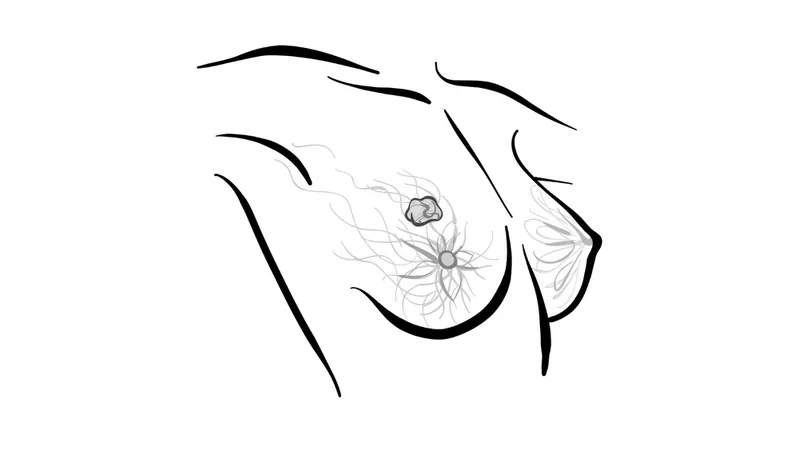
Surprising Insights: Weather's Minimal Effect on Psoriatic Arthritis Symptoms Revealed!
2024-09-22
Recent Research Findings
Recent research has unveiled fascinating insights into the impact of seasonal weather changes on psoriatic arthritis (PsA) symptoms. Contrary to popular belief, it appears that fluctuations between summer and winter do not lead to clinically significant changes in the severity of PsA symptoms.
Study Overview
Dr. Maxine Joly-Chevrier, a candidate at the University of Montreal, and her team conducted an extensive study examining the links between weather variations and psoriatic arthritis. Previous studies indicated that psoriasis patients might see better skin health during specific seasons, yet research focused specifically on PsA has been scant.
Methodology
By merging hourly climate data from Montreal—including temperature, humidity, and atmospheric pressure—between 2015 and 2020 with patient-reported outcomes (PROs) from 858 PsA patients in the RHUMADATA registry, the team was able to assess variations in disease activity (DA).
Key Findings
The findings were intriguing. Of 2,665 PROs analyzed, the clinical disease activity index scores (CDAI) and the simplified disease activity index scores (SDAI) registered lower during winter months compared to summer. Specifically, CDAI scores averaged 8.2 in winter, while rising to 8.8 in summer, a difference deemed statistically significant (P = .001). Similarly, SDAI scores mirrored this trend.
Correlation with Weather Conditions
Interestingly, they also observed correlations between weather conditions and various health metrics. During summer, increased humidity correlated positively with patient global assessments, fatigue, pain levels, and other indices related to disease activity. Conversely, winter's cold temperatures linked positively with pain and fatigue but also showcased some unexpected trends, indicating a complex interplay between weather and symptoms.
Overall Conclusion
Despite these observations, the overarching conclusion was clear: while weather conditions play a role, their overall influence on the variability of PsA symptoms is minimal at the group level. The study suggested that weather-related factors account for less than 1% of changes in patient-reported outcomes. This points to the necessity of considering other influencing factors, such as age, gender, and the duration of disease when assessing PsA symptoms.
Implications for Treatment
Furthermore, additional research indicates that among patients initiating treatment with biologic and synthetically targeted disease-modifying antirheumatic drugs (DMARDs), no significant differences in clinical parameters were found prior to starting therapy. This raises questions about how subjective experience, particularly with medications like methotrexate, plays a role in treatment decisions.
Retention Rates in Treatment
Interestingly, retention rates for different treatment approaches showed little disparity, suggesting that personal tolerability rather than external factors like weather truly guide treatment adherence.
Conclusion
In conclusion, while some individuals with psoriatic arthritis may feel weather changes more acutely, the overall impact of seasonal variations appears to be limited. This study enriches the existing literature that challenges conventional beliefs linking weather with disease activity, advocating for a broader understanding of the complexities surrounding PsA.



 Brasil (PT)
Brasil (PT)
 Canada (EN)
Canada (EN)
 Chile (ES)
Chile (ES)
 España (ES)
España (ES)
 France (FR)
France (FR)
 Hong Kong (EN)
Hong Kong (EN)
 Italia (IT)
Italia (IT)
 日本 (JA)
日本 (JA)
 Magyarország (HU)
Magyarország (HU)
 Norge (NO)
Norge (NO)
 Polska (PL)
Polska (PL)
 Schweiz (DE)
Schweiz (DE)
 Singapore (EN)
Singapore (EN)
 Sverige (SV)
Sverige (SV)
 Suomi (FI)
Suomi (FI)
 Türkiye (TR)
Türkiye (TR)